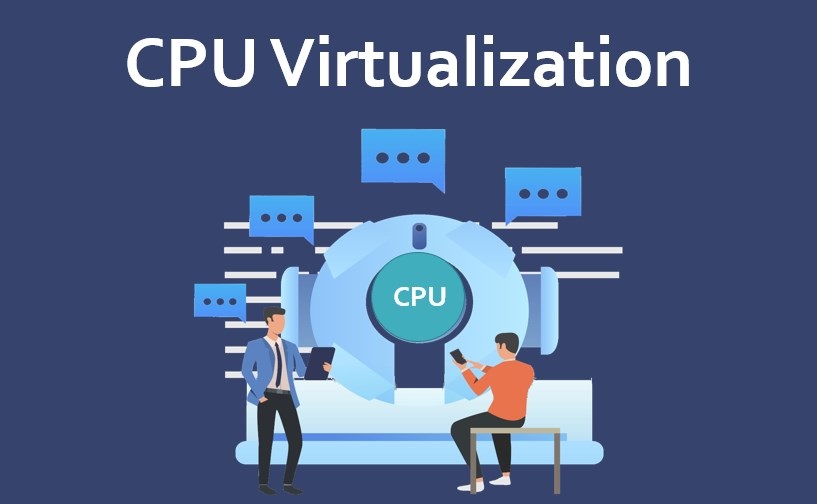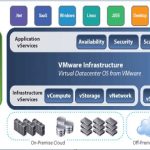A VM is a duplicate of an existing computer system in which a majority of the VM instructions are executed on the host processor in native mode. Thus, unprivileged instructions of VMs run directly on the host machine for higher efficiency. Other critical instructions should be handled carefully for correctness and stability. The critical instructions are divided into three categories: privileged instructions, control-sensitive instructions, and behavior-sensitive instructions. Privileged instructions execute in a privileged mode and will be trapped if executed outside this mode. Control-sensitive instructions attempt to change the configuration of resources used. Behavior-sensitive instructions have different behaviors depending on the configuration of resources, including the load and store operations over the virtual memory.
A CPU architecture is virtualizable if it supports the ability to run the VM’s privileged and unprivileged instructions in the CPU’s user mode while the VMM runs in supervisor mode. When the privileged instructions including control- and behavior-sensitive instructions of a VM are exe-cuted, they are trapped in the VMM. In this case, the VMM acts as a unified mediator for hardware access from different VMs to guarantee the correctness and stability of the whole system. However, not all CPU architectures are virtualizable. RISC CPU architectures can be naturally virtualized because all control- and behavior-sensitive instructions are privileged instructions. On the contrary, x86 CPU architectures are not primarily designed to support virtualization. This is because about 10 sensitive instructions, such as SGDT and SMSW, are not privileged instructions. When these instruc-tions execute in virtualization, they cannot be trapped in the VMM.
On a native UNIX-like system, a system call triggers the 80h interrupt and passes control to the OS kernel. The interrupt handler in the kernel is then invoked to process the system call. On a para-virtualization system such as Xen, a system call in the guest OS first triggers the 80h interrupt nor-mally. Almost at the same time, the 82h interrupt in the hypervisor is triggered. Incidentally, control is passed on to the hypervisor as well. When the hypervisor completes its task for the guest OS system call, it passes control back to the guest OS kernel. Certainly, the guest OS kernel may also invoke the hypercall while it’s running. Although paravirtualization of a CPU lets unmodified applications run in the VM, it causes a small performance penalty.
Hardware-Assisted CPU Virtualization
This technique attempts to simplify virtualization because full or paravirtualization is complicated. Intel and AMD add an additional mode called privilege mode level (some people call it Ring-1) to x86 processors. Therefore, operating systems can still run at Ring 0 and the hypervisor can run at Ring -1. All the privileged and sensitive instructions are trapped in the hypervisor automatically. This technique removes the difficulty of implementing binary translation of full virtualization. It also lets the operating system run in VMs without modification.
Example 3.5 Intel Hardware-Assisted CPU Virtualization
Although x86 processors are not virtualizable primarily, great effort is taken to virtualize them. They are used widely in comparing RISC processors that the bulk of x86-based legacy systems cannot discard easily. Virtuali-zation of x86 processors is detailed in the following sections. Intel’s VT-x technology is an example of hardware-assisted virtualization, as shown in Figure 3.11. Intel calls the privilege level of x86 processors the VMX Root Mode. In order to control the start and stop of a VM and allocate a memory page to maintain the

CPU state for VMs, a set of additional instructions is added. At the time of this writing, Xen, VMware, and the Microsoft Virtual PC all implement their hypervisors by using the VT-x technology.
Generally, hardware-assisted virtualization should have high efficiency. However, since the transition from the hypervisor to the guest OS incurs high overhead switches between processor modes, it sometimes cannot outperform binary translation. Hence, virtualization systems such as VMware now use a hybrid approach, in which a few tasks are offloaded to the hardware but the rest is still done in software. In addition, para-virtualization and hardware-assisted virtualization can be combined to improve the performance further.



Comments are closed